St Magnus the Clutter
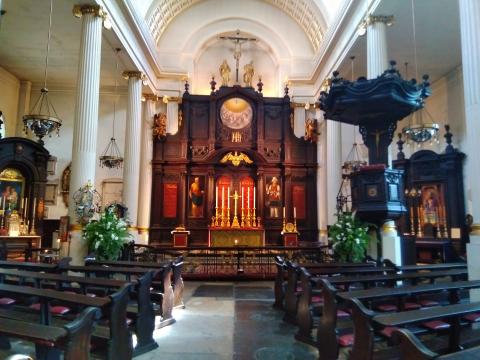
St Magnus the Martyr, close by London Bridge, is very Anglo-Catholic in its worship. Indeed, its rector is pleased to call himself a cardinal, the only Anglican to do so. Although I have developed a certain respect for high church Anglicans in their rejection of the anaemic liberalism which has infected so many other parts of the British church, it is not somewhere I could worship. Statues of Magnus, Mary and Jesus, as well as the piped Gregorian chanting and the fog of burnt incense, I found interesting but not conducive to the pure worship of the New Testament church.

This tension between those who favour plain, Bible-focussed ministry, and those who enjoy ritual, smells and bells, is nothing new. St Magnus’ website observes:
Parliamentarian rule and the more Protestant ethos of the 1640s led to the removal or destruction of “superstitious” and “idolatrous” images and fittings. Glass painters such as Baptista Sutton, who had previously installed “Laudian innovations”, found new employment by repairing and replacing these to meet increasingly strict Protestant standards. In January 1642 Sutton replaced 93 feet of glass at St Magnus and in June 1644 he was called back to take down the “painted imagery glass” and replace it.
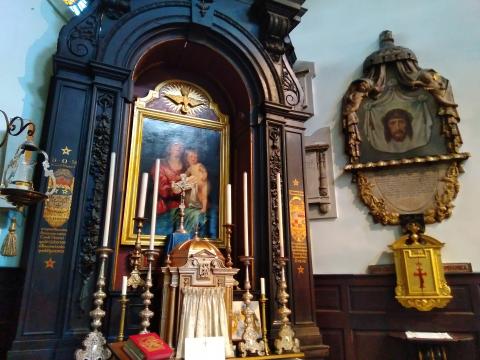
Furthermore, “rail riots” broke out in June 1641. Demands from parishioners for the removal of communion rails as popish innovations became increasingly loud and violent. The minister arranged a meeting between those for and against the pulling down of the rails, but was unsuccessful in reaching a compromise and it was feared that they would be demolished by force. They were indeed taken down, granting free access to the communion table. However, from 1663 the parish resumed the division of people from clergy and re-erected rails around its communion table.
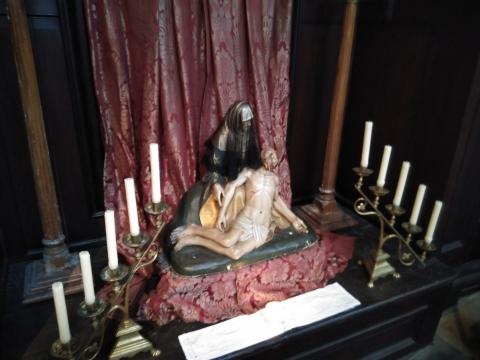
Joseph Caryl was the puritan incumbent from 1645 until his ejection in 1662 for refusal to read prayers from the Prayer Book. In 1663 he was living nearby and preaching to an Independent congregation that met at various places in the City, which would today be termed congregational. During his tenure, St Magnus would, I think, have been a fitting place for my worship of Almighty God. Until he, or one like him re-enters that pulpit, I'll content myself with plain chapels, plain preaching and plain people.
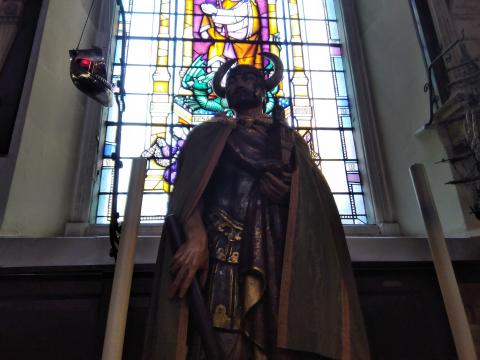
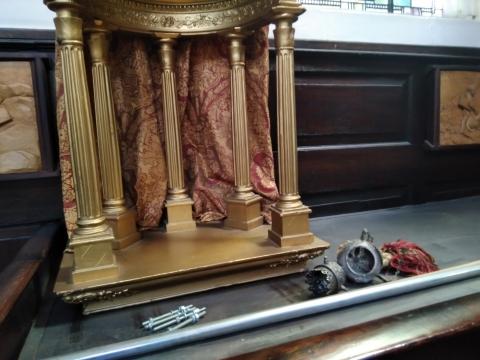
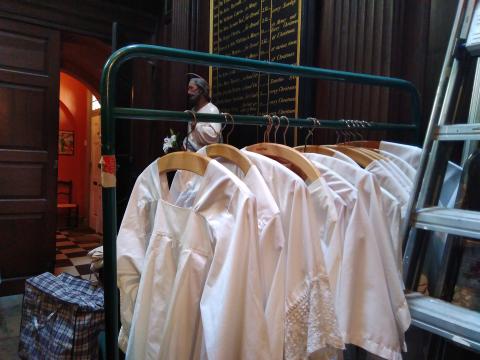
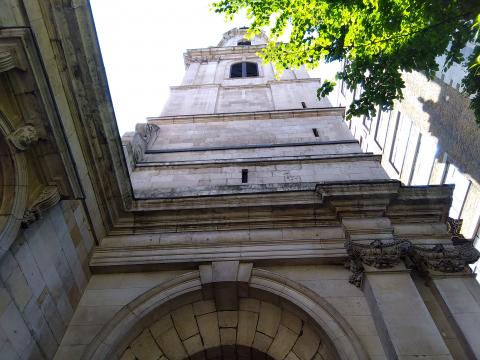
- Log in to post comments


 Sunday Worship 10.45am & 6.00pm
Sunday Worship 10.45am & 6.00pm